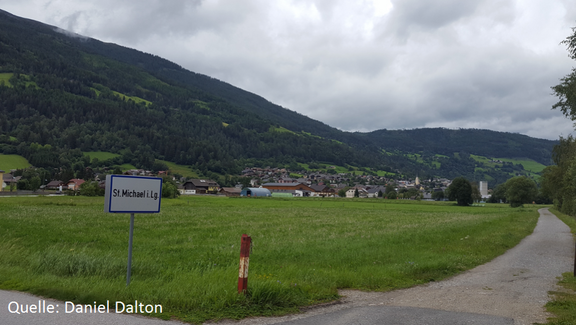The following questions are considered in more detail:
- Which commonalities/differences of small towns can be identified and described as patterns under the aspects of sustainable development?
- What interactions and dependencies exist between urban development and the developments in the biosphere reserve?
More and more people are living in cities. By means of qualitative densification, human well-being in the city can be increased on the one hand; on the other hand, nature conservation and the preservation of biodiversity can be anchored as a given component of a city, as is described in the so-called urban sustainable development goals.
Cities are embedded in and connected to their surrounding landscape. Referring to IUCN: urban protected areas (1) improve human well-being and health; (2) give people a sense of place; (3) are places of learning about nature and sustainability; (4) provide ecosystem services (i.e. reduce air pollution); (5) are a cushion of resilience against climate change; (6) contribute to the city's green infrastructure; and (7) strengthen local economies from tourism revenues.
Using the example of four small towns around the Salzburg Lungau & Carinthian Nockberge BR (Gmünd in Kärnten, Radenthein, St. Michael im Lungau, Tamsweg), we investigate whether, how, and in which areas the UNESCO Urban Development Goals and the goals of the Lima Action Plan for BR show synergies or conflicts.
The basis for this is a structural analysis of the cities and a joint discussion and evaluation process with representatives of the respective cities.

